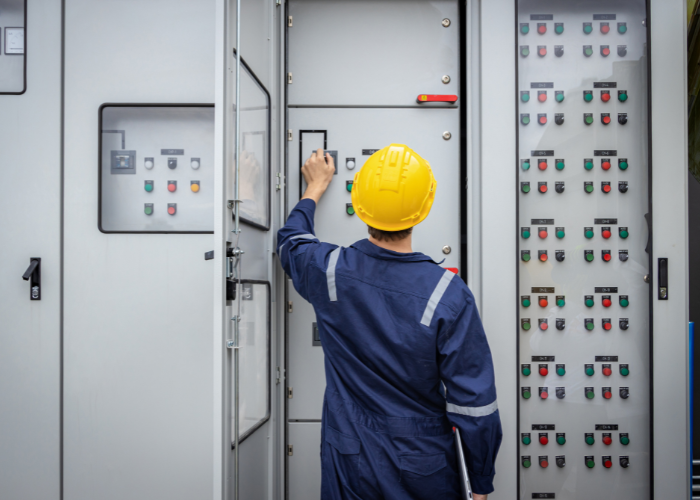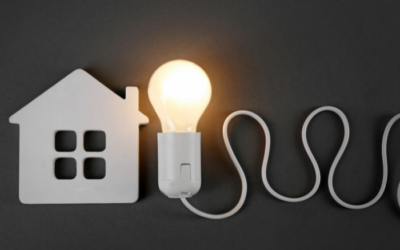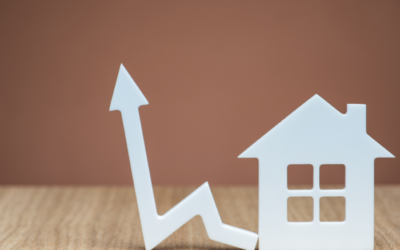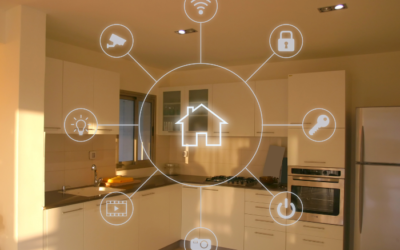How to Modernize These Systems to Make Them Efficient, Safe, and Energy-Saving?
In the 21st century, energy efficiency and sustainable development have become priorities for both governments and individuals. The growing global population and increasing energy demands compel us to reconsider traditional energy supply methods, making them more efficient and environmentally safe. This is especially evident in the fields of construction and housing, where traditional heating, ventilation, electricity, and water supply systems are not only costly but also cause significant environmental harm.
One way to address this issue is by modernizing existing systems through the integration of new technologies, smart solutions, and energy-saving equipment. Modernization makes it possible to reduce energy consumption, increase residential safety, and improve overall energy efficiency.
This chapter is dedicated to the technical foundations necessary to understand the structure of electrical, water supply, heating, and ventilation systems, the methods to measure their efficiency, and the key safety requirements.
Electricity, Water Supply, Heating, and Ventilation
Electricity Supply: Basic Principles and Safety Standards
Electricity is considered a vital system in homes because it supports almost all essential aspects of modern living—lighting, household appliances, heating, and ventilation. However, inefficient electricity supply systems and outdated technologies can lead to not only financial losses but also serious safety issues, such as fires and short circuits.
Key safety requirements include:
- Regular Inspection of Electrical Equipment – All residential electrical networks should be periodically inspected and updated to ensure that protective equipment works properly.
- Automatic Circuit Breakers – Modern homes need automatic protection systems to prevent overcurrent or unexpected short circuits.
- Smart Control Systems – “Smart” technologies allow for automatic energy management within the home, distributing electricity efficiently among various devices.
Energy Efficiency – A critical goal of modernization is the efficient use of energy. For this purpose, energy-saving equipment such as LED lamps and modern appliances are installed, which reduce overall power consumption.
Water Supply: Basic Principles and Safety
Water supply is equally essential for any residence, used for drinking, bathing, cleaning, and other domestic needs. However, inefficient and outdated systems can lead to water loss, clogs, and even contamination.
Safety standards include:
- Water Filtration – Water must be supplied through filtered systems to prevent bacteria, heavy metals, and other harmful substances from entering.
- Water Pressure Regulation – Extremely high or low pressure can damage the system. Special equipment can regulate pressure for stable performance.
Smart Water Supply Systems – A key modernization factor is the use of smart technologies that monitor water usage, detect clogs, and prevent water loss. These technologies can automatically shut off the water if a blockage is detected, which is especially useful in unused areas or vacant homes.
Heating Systems: Core Principles
Home heating systems are also subject to modernization, as older systems often result in significant energy losses. Heating can be provided through electric, gas, or hybrid systems, each with its own pros and cons.
Key factors for safety and efficiency:
- Thermal Insulation – Good insulation of walls, windows, and doors is essential for energy savings and to prevent heat loss.
- Smart Thermostats – Modern heating systems include smart thermostats that adjust the temperature based on usage, allowing for energy conservation.
Ventilation Systems: Key Principles
Ventilation ensures the circulation of fresh air and a comfortable atmosphere inside the home. Old systems often fail to provide adequate airflow, resulting in poor air quality, moisture buildup, and health issues.
Modernizing Ventilation Systems:
- Smart Ventilation Devices – These automatically monitor air quality and adjust airflow based on room usage.
- Use of Filters – Modern systems include high-quality filters that remove harmful particles and dust, which is especially important for people with allergies or small children.
Current Issues in Typical Residential Systems
Many homes are equipped with old and inefficient systems that no longer meet modern standards. These systems are often not only ineffective but also dangerous.
Electrical Problems – Old systems often experience power loss, which increases energy bills. In addition, outdated wiring and devices can lead to short circuits and fires.
Water Supply Problems – Old pipes are prone to clogs and corrosion, leading to water loss and high humidity. Poor-quality systems also fail to maintain sufficient pressure and often allow harmful substances to infiltrate.
Heating Problems – Older heating systems consume a lot of energy and often fail to evenly heat homes. They may also pose health risks to residents.
Ventilation Problems – Old systems usually provide inadequate airflow, leading to poor air quality, moisture buildup, and mold growth.
The inefficiency of old systems not only affects residents’ comfort but also leads to unnecessary financial expenses. Excessive water and energy loss increase overall household costs. Moreover, they pose serious safety threats such as power surges, water leaks, poor ventilation, and potential gas leaks. These are dangerous to residents and require urgent modernization.
Innovative Technologies: Using Solar Energy
An important step in modernizing electricity systems is the use of solar energy. Solar panels help reduce electricity costs and provide an independent energy source.
Energy-Efficient Equipment: LED Lighting – LED lamps significantly reduce electricity consumption, operating 80–90% more efficiently than traditional bulbs. They also last longer and provide better illumination.
Automatic Circuit Breakers and Protective Devices – These prevent short circuits and power surges, enhancing the safety of the home’s electrical system.
Smart Technologies – These allow for remote control of electrical systems, monitoring of energy usage, and creation of efficient power distribution plans.
Improvement of Water Supply Systems
Waterproof materials and new technologies help reduce water loss and prevent clogs. Pipelines made from modern materials have higher resistance and are not subject to corrosion.
An essential part of modernizing water supply systems is the installation of filtration systems. These ensure clean and safe water by preventing harmful substances from entering the supply.
New technologies also make it possible to control water flow and prevent water loss during blockages. Smart systems can automatically shut off the water flow when a blockage is detected.
Energy-Saving Methods for Heating Systems
Hybrid heating systems combine the benefits of electric and gas heating. This improves heating efficiency and reduces energy consumption.
Smart thermostats allow automatic temperature regulation based on how the apartment is used, helping to save energy.
The concept of passive houses focuses on minimal energy consumption through high thermal insulation and the use of solar energy. Passive houses significantly reduce the need for heating.
Modernization of Ventilation Systems
Centralized ventilation systems efficiently supply clean air and remove excess humidity and toxic substances.
Modern filters can eliminate harmful particles from the air, which is especially important in homes with allergy sufferers or children.
Thanks to smart technologies, ventilation systems can automatically monitor air quality and adjust ventilation intensity when needed.
Benefits of Modernized Systems in Apartments
The implementation of upgraded systems in homes can significantly reduce energy and water consumption, leading to long-term financial savings.
These systems also help reduce harmful emissions and water waste, contributing to improved environmental sustainability.
Many governments offer financial incentives and tax benefits for implementing energy-saving technologies, encouraging homeowners to modernize their systems.
Scandinavian and European Examples
In Scandinavian countries, energy-efficient technologies are widely used in residential buildings. Today, homes in Norway, Sweden, and Denmark are equipped with solar panels, smart control systems, and energy-efficient insulation materials.
The European Union continues to support the use of energy-saving systems, offering financial support for apartment modernization through various programs.
Application in Armenia and Neighboring Countries
Innovative technologies can also be applied to housing systems in Armenia and nearby regions.
For example, in residential complexes in Yerevan, there are ongoing pilot projects to replace old heating systems with more energy-efficient solutions.
Future of Energy Supply Systems
Future systems may include hydrogen fuel technologies, which will reduce carbon dioxide emissions and offer a more sustainable energy source.
Advances in information technology will allow homes to be equipped with integrated smart systems that manage heating, ventilation, and electricity from a single platform.
The use of renewable energy sources—solar, wind, and hydro—is steadily increasing and may soon become the main energy sources for residential complexes.
Role of Government Support
The success of modernization programs often depends on government and local authority support.
Many countries offer tax benefits, subsidies, and financial aid for home upgrades. This encourages both residents and investors to participate in modernization efforts.
In Armenia, government-backed programs could help residents invest in smart management systems and energy-efficient equipment, simultaneously reducing costs and improving living conditions.
Conclusion
Installing efficient systems in homes not only brings economic advantages, but also enhances residents’ health and comfort.
